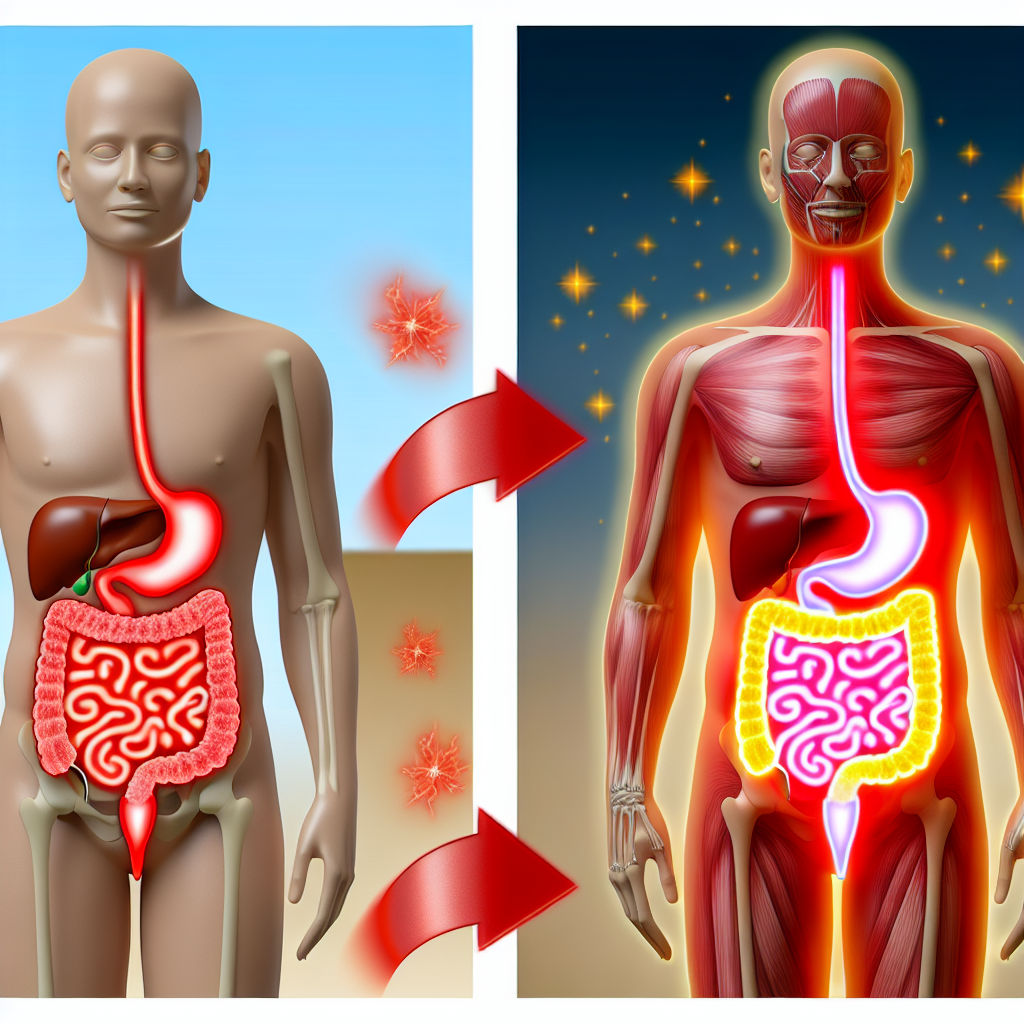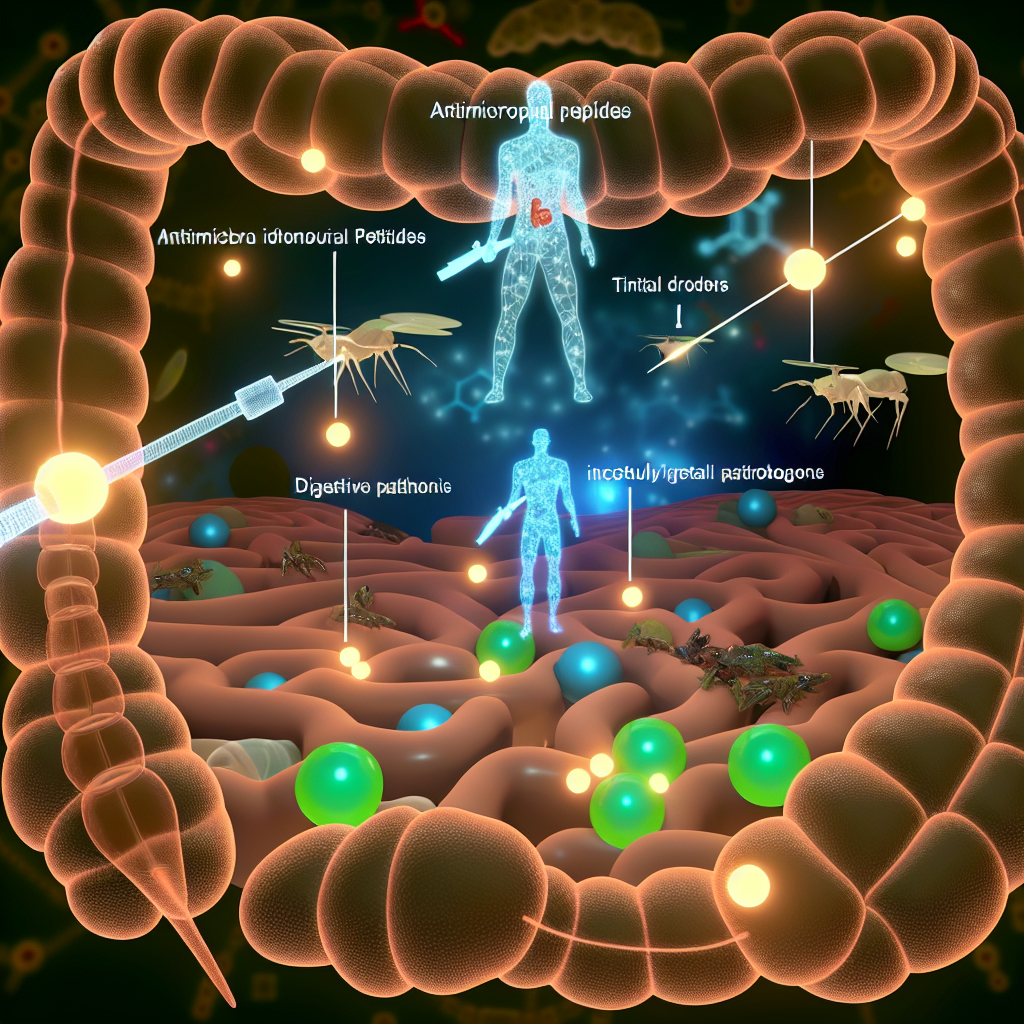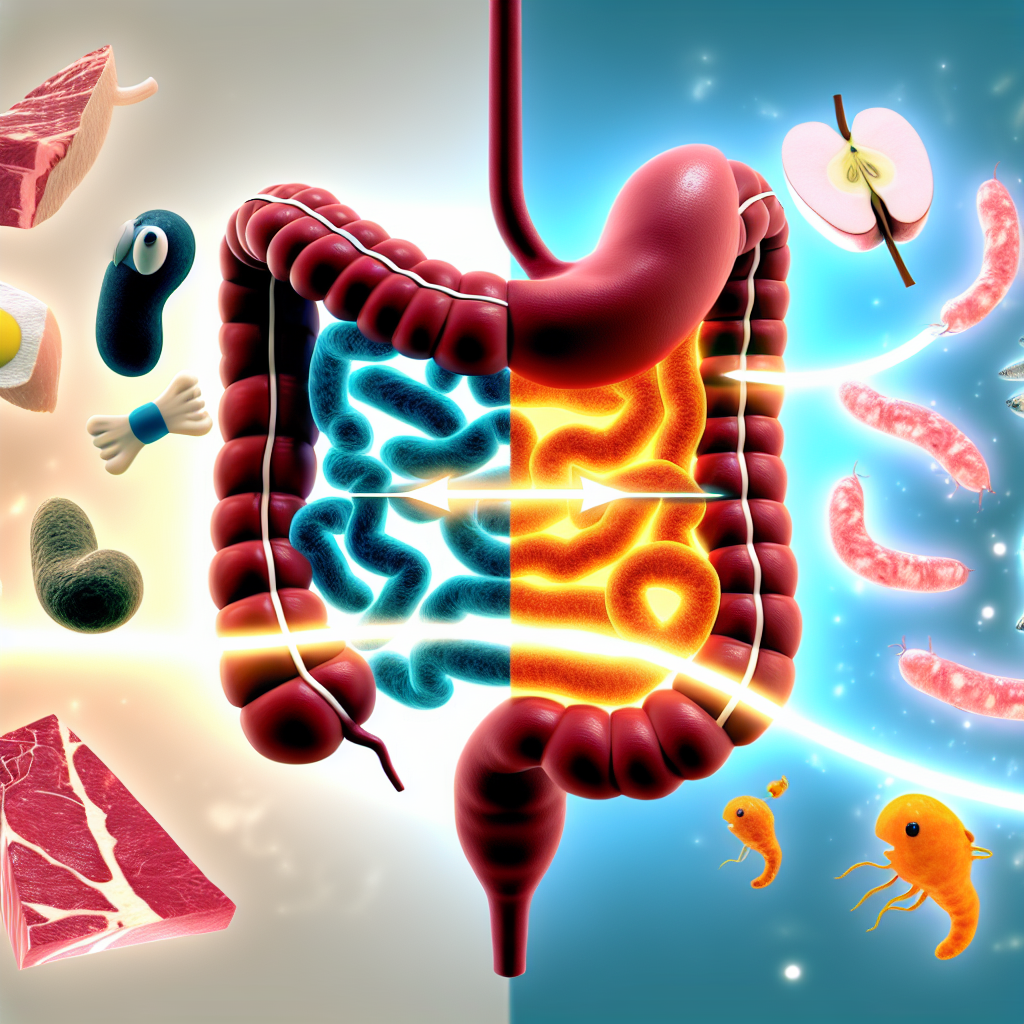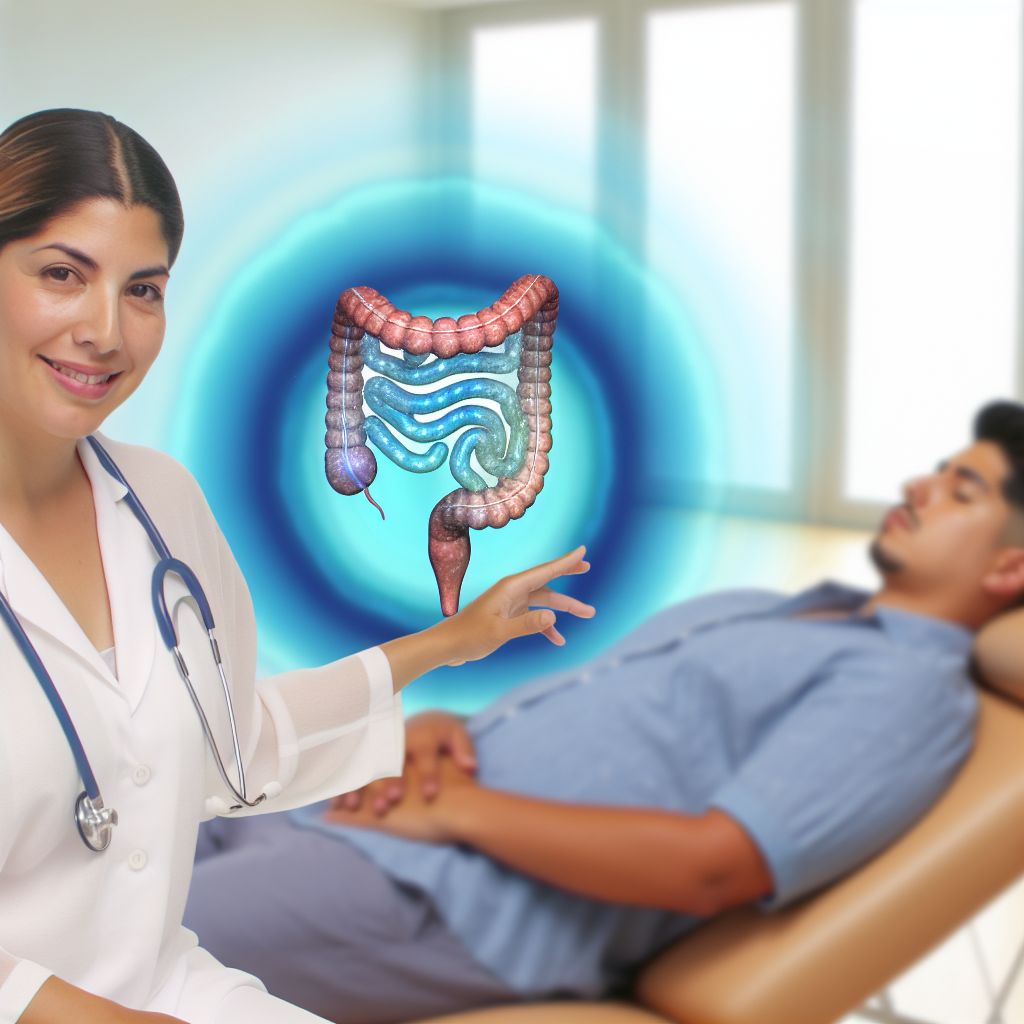Photobiomodulation for Digestive Healing: Red Light Therapy’s Effect on Gut Tissue
Gut health is at the forefront of modern wellness, drawing increasing attention due to its integral role in immunity, mood stability, metabolic processes, and chronic disease prevention. While functional medicine and holistic nutrition have long recommended dietary changes, fermented foods, and herbal remedies, a growing body of evidence points to a novel natural approach: photobiomodulation (PBM), commonly referred to as red light therapy.
The Science Behind Red Light Therapy and Gut Healing
Emerging scientific studies strongly suggest that photobiomodulation could support gut health by targeting crucial physiological processes such as inflammation reduction, enhanced cellular repair, and microbiome balance. A 2021 randomized controlled trial published in Lasers in Medical Science found that transabdominal red light therapy reduced inflammatory biomarkers and improved symptoms in patients with inflammatory bowel disease.
How Red and NIR Light Energize Gut Cells
The underlying mechanism lies in the effect of red and near-infrared light on mitochondrial chromophores, especially cytochrome c oxidase. This stimulates ATP (energy) production in compromised cells, including those lining the gastrointestinal wall, boosting cellular repair processes, increasing circulation, and improving immune cell signaling.
Connecting the Gut-Brain Axis with Light
Research has suggested that PBM influences the enteric nervous system, sometimes referred to as the “second brain,” enhancing vagal nerve tone and potentially modulating gut motility and secretions. This presents promising opportunities for addressing not only physical symptoms but also emotional and cognitive aspects of digestive health.
What Animal Studies Reveal About Light and the Gut
Animal studies have demonstrated that near-infrared light can decrease intestinal permeability and improve gut microbiota composition, suggesting a regulatory effect on bacterial balance.
Clinical Trials Hint at Promise for IBS and More
A 2023 pilot study explored red light therapy as an adjunct treatment for IBS patients, with participants reporting improved bowel regularity and reductions in stress and anxiety levels.
A Gentle Alternative to Conventional Therapies
Photobiomodulation offers a non-invasive therapy that supports gut mucosal tissue integrity, endocrine function, immune regulation, and the gut-brain network—without negatively impacting the microbiome, in contrast to many conventional drugs.
Conclusion: Shedding New Light on Digestive Healing
Photobiomodulation represents a promising frontier in natural gut healing, offering a gentle yet powerful intervention for those suffering from chronic digestive issues. By harnessing the restorative power of red and near-infrared light, PBM stimulates mitochondrial activity, enhances tissue repair, and modulates inflammation—key factors in maintaining digestive health.
Concise Summary:
Photobiomodulation, or red light therapy, has shown promising effects on gut health by reducing inflammation, enhancing cellular repair, and modulating the gut-brain axis. Emerging research, including clinical trials and animal studies, suggests that this non-invasive therapy could be a valuable tool in the holistic management of digestive disorders like inflammatory bowel disease, leaky gut, and irritable bowel syndrome.
Reference Hyperlinks:
[1] Hamblin, M. R. (2016). “Mechanisms and applications of the anti-inflammatory effects of photobiomodulation”.
[2] Lopez-Luque, J., Navarro, X., et al. (2021). “Effects of infrared light therapy on inflammatory bowel disease: a randomized controlled clinical trial”.
[3] Chen, A. C.-H., Arany, P. R., et al. (2018). “Effects of photobiomodulation on gastrointestinal health: gut microbiota and inflammation”.
[4] World Journal of Gastroenterology. (2020). “Photobiomodulation and the enteric nervous system.”
[5] GutNow.com

Dominic E. is a passionate filmmaker navigating the exciting intersection of art and science. By day, he delves into the complexities of the human body as a full-time medical writer, meticulously translating intricate medical concepts into accessible and engaging narratives. By night, he explores the boundless realm of cinematic storytelling, crafting narratives that evoke emotion and challenge perspectives.
Film Student and Full-time Medical Writer for ContentVendor.com




